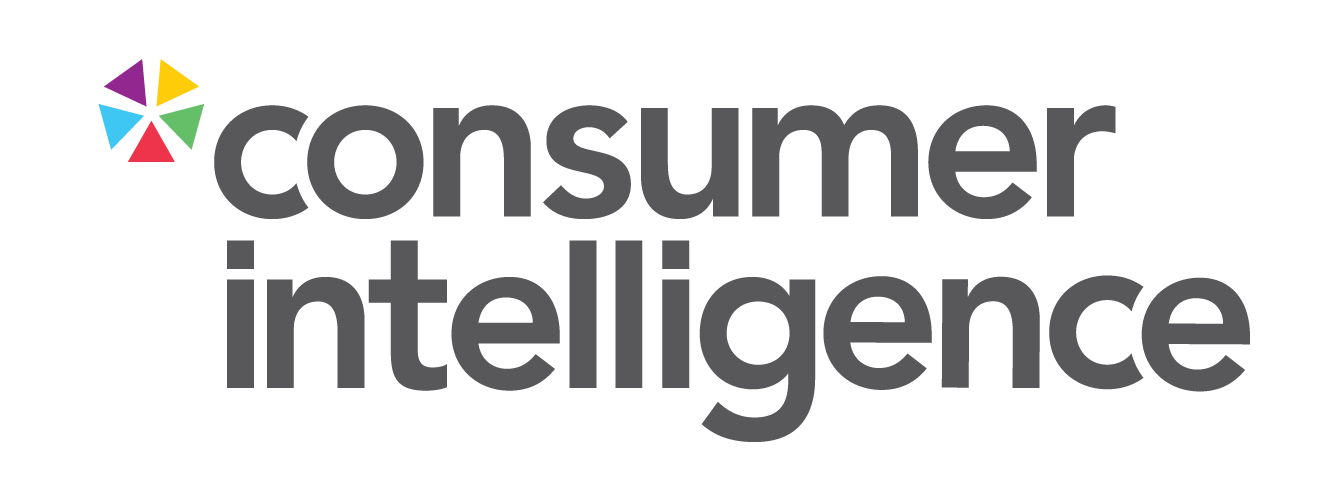The advertising landscape is shifting fast and 2025 marks a turning point
Two major laws, the Digital Markets, Competition and Consumers Act (DMCC) and the Economic Crime and Corporate Transparency Act (ECCTA), will soon give regulators unprecedented power to act directly against misleading or unsubstantiated claims. At the same time, the ASA is demanding fresher evidence, clearer messaging, and equal prominence for qualifications.
This isn’t just about compliance, it’s about confidence
The best brands know that credibility builds conversion. Clear, evidenced, and defensible claims not only protect you from risk; they strengthen your message, reputation, and consumer trust.
At Consumer Intelligence, we believe this is the right moment to reset the conversation.
Our insights have always helped insurers and intermediaries market with precision and clarity. Now, we want to make sure that precision also protects your brand.
This guidance draws on what we’ve seen in the market, what’s working, what’s not, and how to stay ahead as the rules evolve. It’s about helping you use data as a strength: to stand out, tell your story clearly, and stay safely within the lines.
Our aim is simple: to help you market responsibly, confidently, and competitively
TLDR: What matters now is that comparative claims must be accurate when consumers see them, not only when the data was collected. Under the CAP Code, you must hold documentary evidence before publication, and for dynamic claims, you should monitor evidence as close as possible to the appearance dates. From 6 April 2025, the CMA will be able to impose fines directly for consumer law infringements. From 1 September 2025, large organisations face a new corporate offence of failure to prevent fraud, with an unlimited fine if reasonable procedures are not in place. The safest approach is to have live claims, live evidence, supported by a clear scope, verifiability, and an audit trail.
What has changed
Digital Markets Competition and Consumers Act 2024 (DMCCA)The rulebook at a glance
CAP Code Section 3: Misleading advertising- 3.1 Truthfulness. Marketing communications must not materially mislead or be likely to do so.
- 3.3 Qualifications. Qualifications may clarify but must not contradict the headline claim.
- 3.7 Substantiation. Hold documentary evidence before publication for objective claims. Evidence must apply to the claim as consumers will understand it at the time the ad appears.
- 3.33 to 3.35. Comparisons must be objective, material, relevant, representative and verifiable. In practice, this requires current, checkable evidence and a clear route for verification while the ad is live.
- If the claim relies on monitoring on a specific date, include that date and monitor as close as possible to appearance dates, taking extra care in fast‑moving markets and for long‑shelf‑life media. Claims must remain accurate for their duration.
What this means in practice
Live claim, live evidenceOut‑of‑date evidence is insufficient
Verifiability matters
Representativeness
Four critical risks in price comparison advertising
- Launching an analysis summary without holding the underlying dataset and methodology. Evidence must be held and producible without delay.
- Market position changes, but the campaign continues. This elevates risk and can be seen as dishonest, where the knowledge is clear.
- Headline claim implies “car insurance” but evidence covers “annual upfront only”. Small print cannot rescue a contradictory headline.
- Quarterly data used for a market that moves weekly. Define and budget for a refresh cadence that aligns with the volatility.
The four questions test before you publish
1. Do we hold the evidence today?
- Dataset, methodology and results in an accessible form.
2. Does the claim match the evidence?
- Scope and limitations align with the wording consumers will take away.
3. Is the evidence current?
- Checks run near the appearance dates and on a cadence proportionate to market movement.
4. Do we have a refresh plan and pull triggers?
- Scheduled monitoring, with criteria to pause or amend if the claim stops being true.
Safe to launch only if all four answers are Yes.
Immediate actions:
Within 7 days- Audit all live comparative claims. Confirm evidence held, last refresh date and scope alignment. Pause any claim that cannot be fully substantiated today.
- Set a monitoring cadence and book refresh runs. Define pull triggers and ensure budgets cover in‑flight checks.
- Implement a pre‑publication gate for comparative claims. Require an evidence pack, legal sign‑off, a verification route, a refresh schedule and an audit trail. Map these controls into your ECCTA reasonable procedures if you are in scope.
ECCTA: building reasonable procedures for marketing claims
Large organisations should document controls that prevent dishonest advertising claims:
- Top‑level commitment. Board support for honest advertising and adequate compliance resourcing.
- Risk assessment. Identify and review fraud risks specific to comparative claims on a regular basis.
- Proportionate measures. Pre‑publication gate, evidence holding requirement, refresh mandates and pull triggers.
- Due diligence. Confirm data suppliers can provide the evidence pack you will need. Ensure agencies understand substantiation requirements.
- Training and communication. Upskill marketing, legal and leadership teams on CAP, DMCC and ECCTA expectations.
- Monitoring and review. Audit live claims, review campaigns post-flight and document incident learning.
Working with Consumer Intelligence supports these procedures through dated evidence packs, documented methodologies, pre‑agreed refresh frameworks and a clear audit trail.
How can we help?
- Claim structuring. We will check that the wording matches what the data shows and flag representativeness issues before you launch.
- Evidence packs. We will specify and deliver the datasets and documentation you should hold to substantiate a claim.
- Refresh cadence. We will recommend monitoring frequency by claim type and market volatility and schedule refresh runs with you.
- Verifiability. We will help you create a simple methodology page that sets out scope, period, comparators and material limitations.
- Audit trail. We will provide dated evidence packs and engagement records that support regulatory scrutiny and ECCTA procedures.
If you have any questions or concerns, please contact us. We would rather review your claim early than help unwind a problem later. Email: insights@consumerintelligence.com


Submit a comment